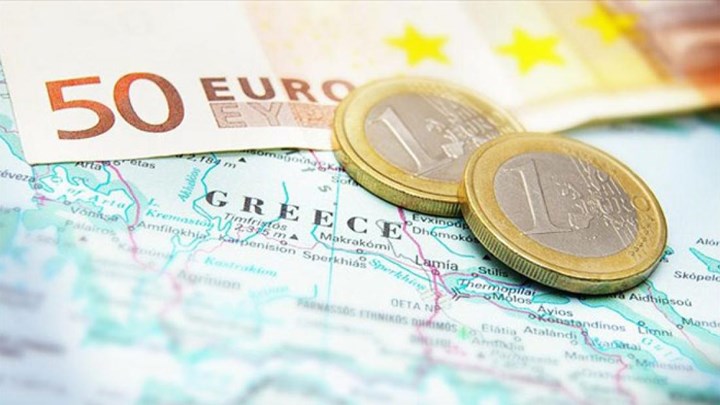In the last few years some islands among Greece’s 2000 or so, regardless of their size, have come to be associated with pioneering techniques and high performance in critical sectors, such as energy, “green” transport and recycling, adopting good practices to emulate and attracting giants of new technologies and businesses.
Naxos: Extroversion and dynamics
Drones for the transport of medicines from one end of the island to the other and to smaller neighboring islands, “smart” management of marinas and electronic sensors in parking spaces and waste bins: these are just some of the actions of modern digital technology that will make Naxos the world’s first “smart island” with the help of Amazon. But it’s not the only pioneering Greek island.
An idea born in the summer of 2021 in Antiparos, in talks between the Greek Prime Minister and the main shareholder of Amazon, Jeff Bezos, began to take shape in early October. The dynamics and extroversion that Naxos has developed in recent years made it ideal for transformation into a “smart island” and to lay the foundations for the “Naxos, Smart Island” project which will be based on the technical infrastructure offered by Amazon Web Services.
Astypalea: On the world map of electric mobility
In November 2020, a global ground-breaking synergy between the Greek State and Volkswagen put Astypalaia on the world map of electrification. Two years later, the effort towards sustainable development bore the first fruits. Last April, the first electric cars, as part of the complete electrification of the island, arrived at the island known as the “butterfly” of the Aegean.
From June 1, the urban transportation with electric vans started its operation. Interested commuters download an app allowing them to call the vans for transportation from one point of the island to another, serving both permanent residents – with a charge of 60 euros for six months for unlimited trips – and visitors, who can issue one-day, three-day and five-day travel cards.
Electric transportation will last all year round> However, from six vehicles in summer, only two will circulate in the off-tourist season and routes from the end of October will stop at 8 in the evening. So far, in various parts of Astypalaia there are 20 chargers for the electric vehicles and vans that are now circulating on the island.
The construction of the hybrid power plant with photovoltaic park and batteries, where the current will be stored and through them it will be delivered to the grid has already started. The coverage of energy needs will reach 50% during the peak months, while with the future installation of a wind turbine, up to 90% of the island’s needs will be covered.
Lipsi: Innovative practices in recycling
The island with just 778 inhabitants has managed to pioneer in several sectors inside and outside Greece. In recent years, the people of Lipsi have won praise for their innovative practices, especially when it comes to recycling but also the abolition of single-use plastics, long before it was mandated by law by the government. In fact, for four years now a desalination unit of 600 cubic meters per day has been operating on the island, making Lipsi water self-sufficient.
Tilos: Energy autonomous and with many awards
The first “energy” island of the Mediterranean and with the European Union’s… stamp is none other than the unspoiled Tilos. In terms of population, it has approximately the same number of inhabitants as Lipsi, with the latest census figures speaking of 745. Despite its small size, which was perhaps an advantage for achieving all the “green” goals – within four years has managed to win four European awards for the pioneering hybrid energy production unit that has made Tilos energy independent but also made quite a few headlines in the international press.
In 2019, an idea that seemed utopian in 2014 was implemented, that of creating an intelligent energy micro-grid on the island. this entailed a model hybrid power generation and storage station, consisting of a medium-scale wind turbine of 800kW, a small-scale photovoltaic park of 160kW and an energy storage system of accumulators (batteries) with an energy capacity of 2.88MWh, ensuring energy autonomy which during the winter months reaches 100%, while in the summer 70%.
This first was the basis for other innovative and “green” practices. The municipality monitors electricity consumption, manages water resources while regulating municipal lighting remotely, through the use of new technologies. In fact, Tilos took its first steps in electrification this summer, as the first 50-seater electric municipal bus was operating and serving citizens and tourists. At the same time, the municipality has procured cars and trucks that are also electric. Chargers have also been installed.
As far as waste management is concerned, according to mayor Maria Kamma, not even half a kilo of garbage ends up ion landfills. Besides, the landfill has also been closed and turned into a Circular Economy Center. “There are no bins on the island, while collection is done from house to house three times a week. From a total of 200 tons of household waste, 60% has been recycled, while with compost this percentage reaches 90%. It is no exaggeration to say that even cigarette butts are recycled,” noted Ms. Kamma.
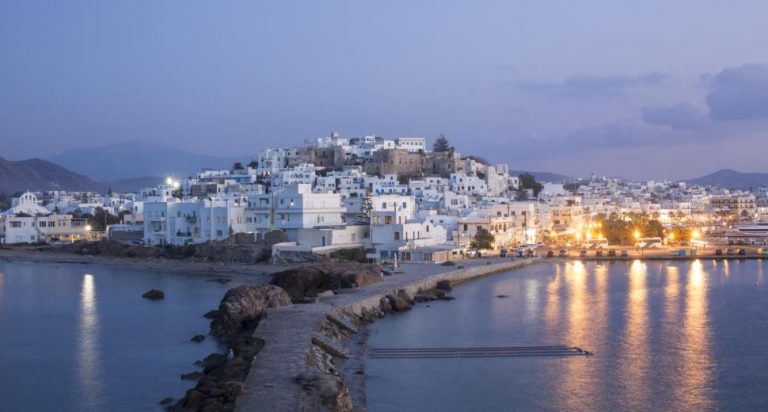


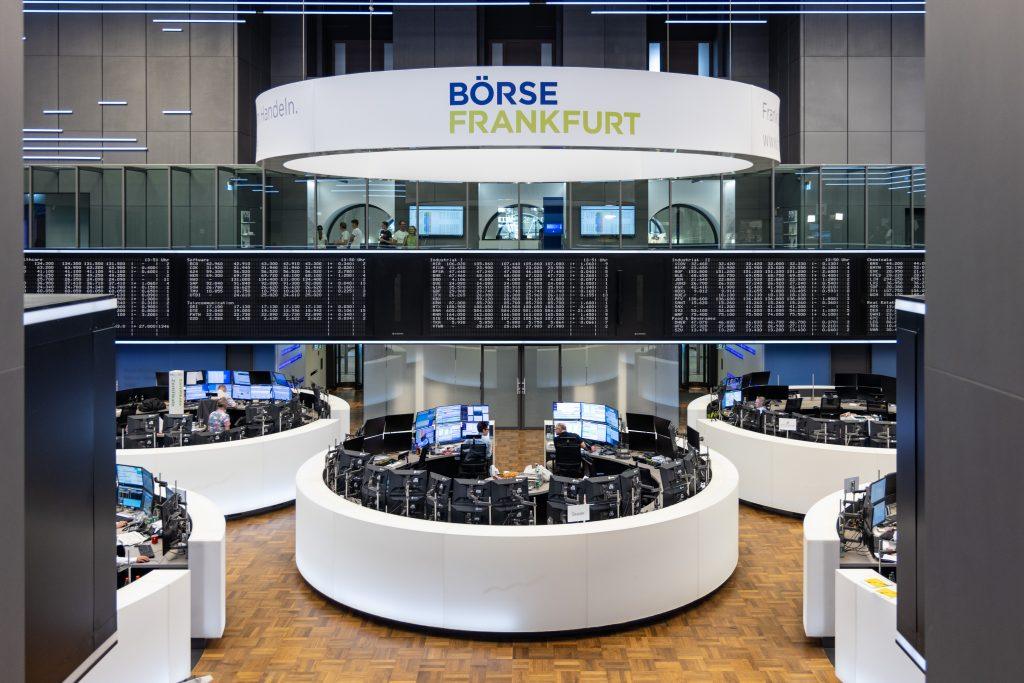



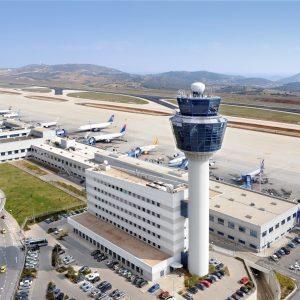

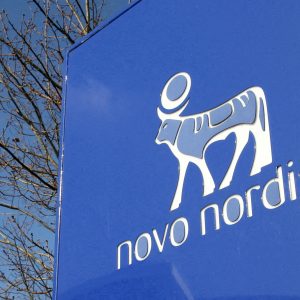



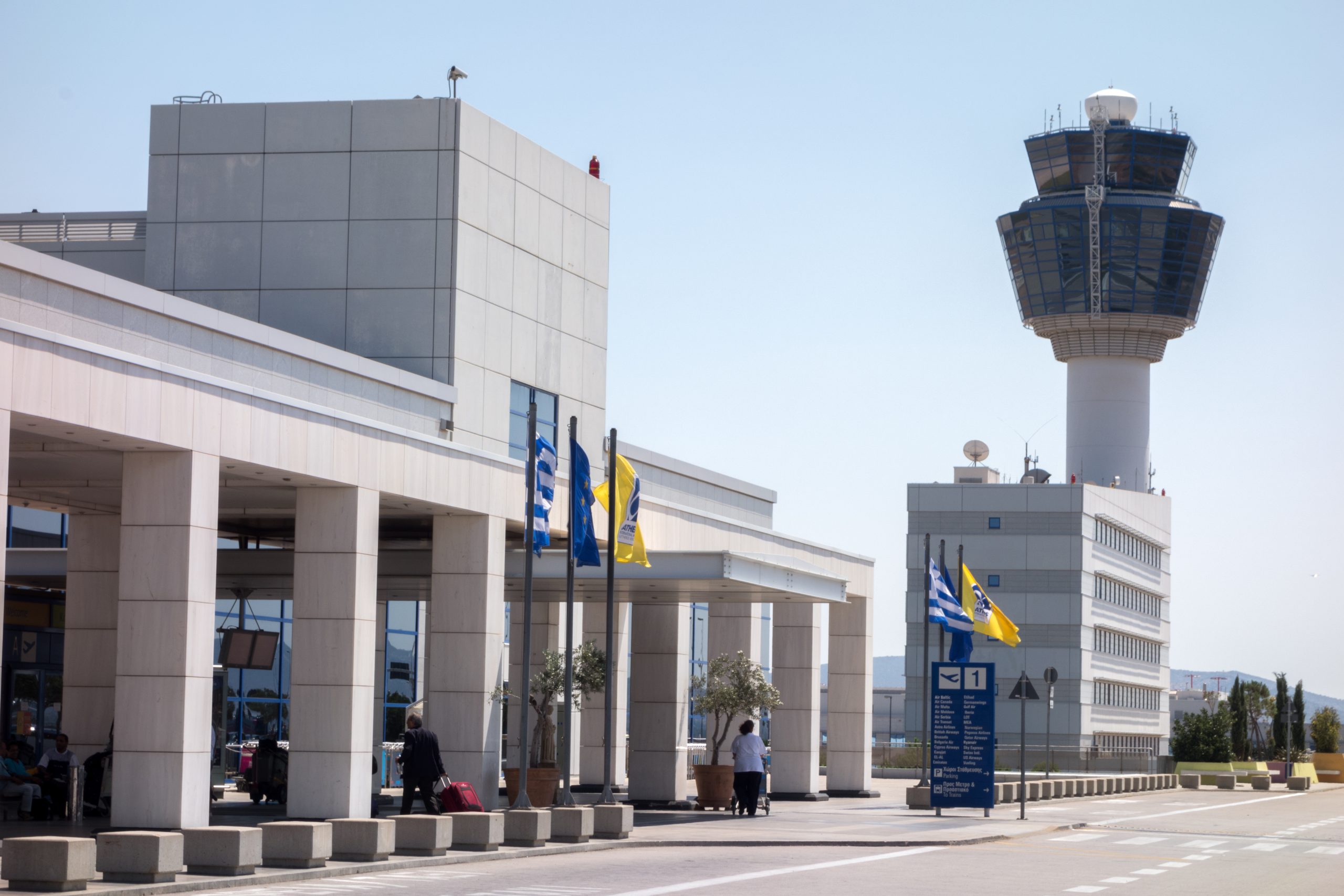


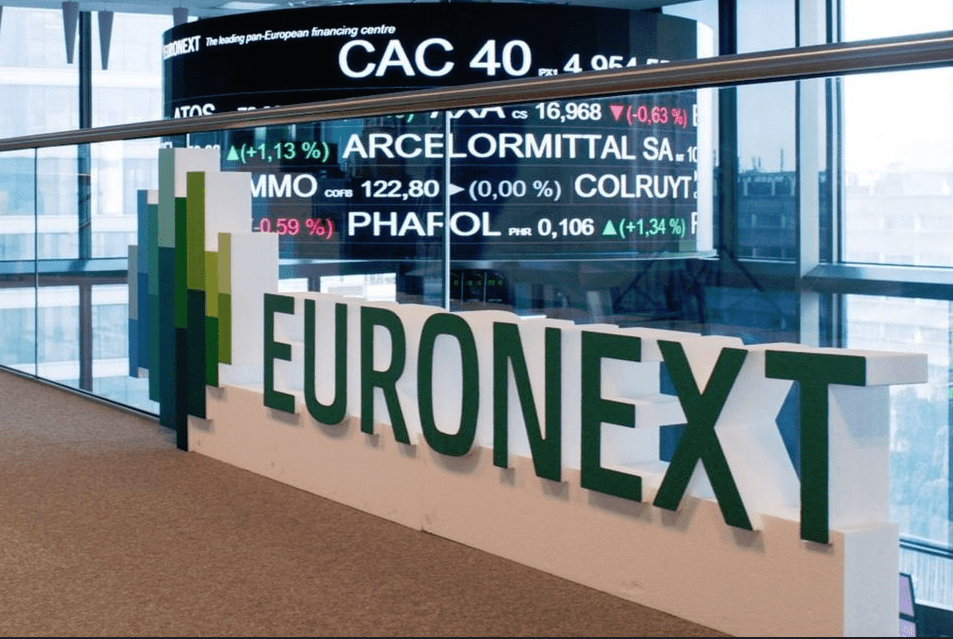
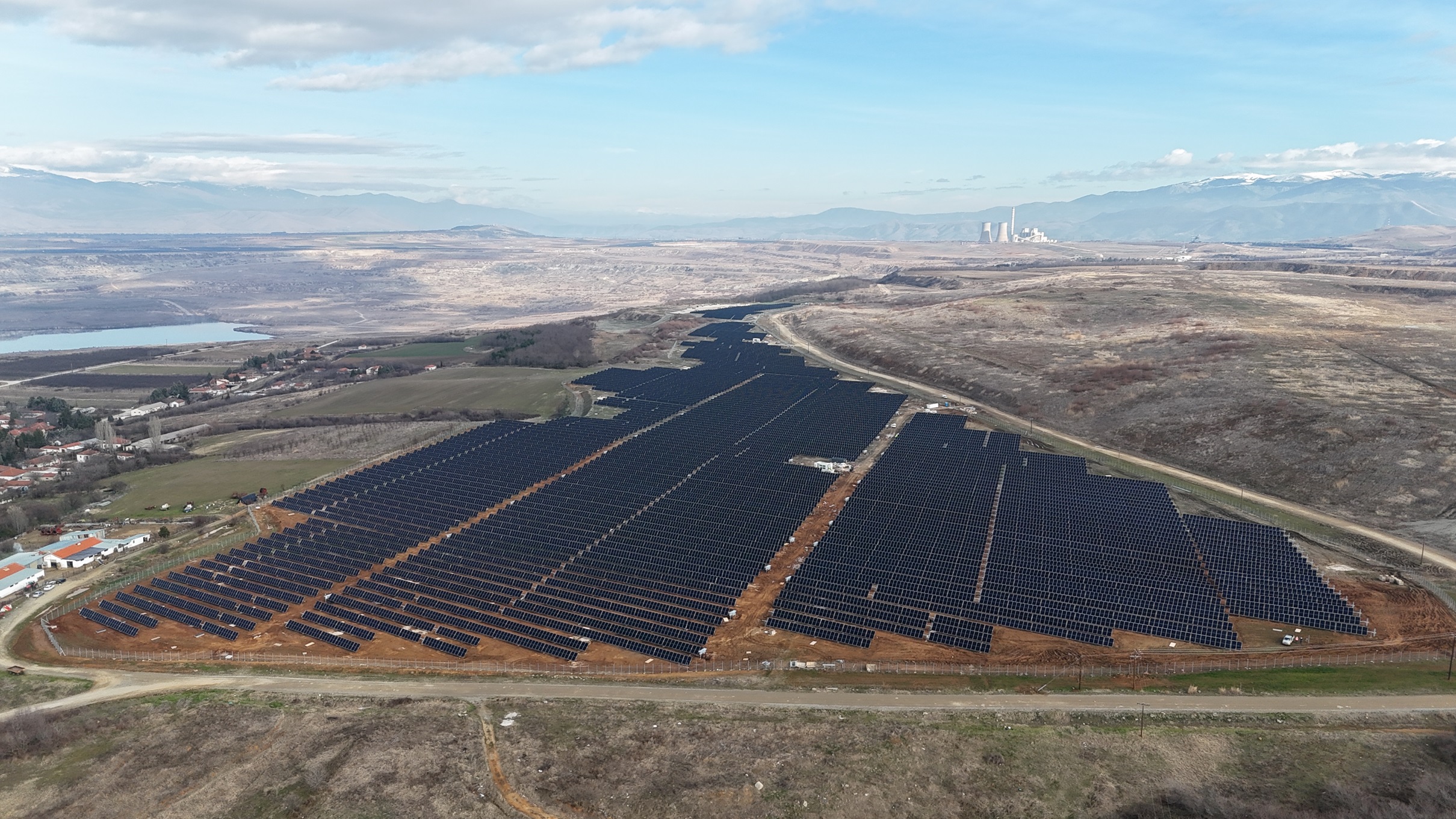
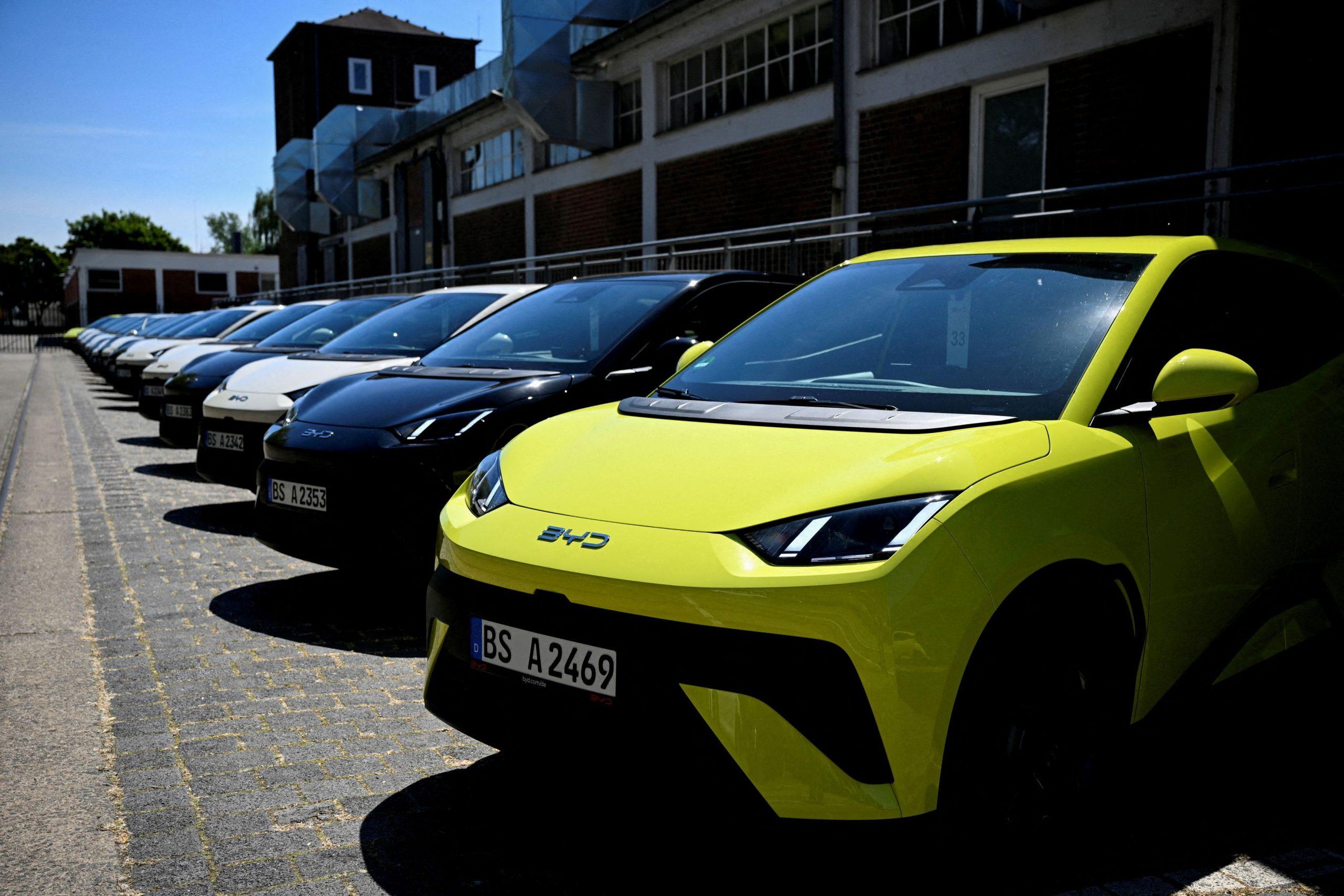
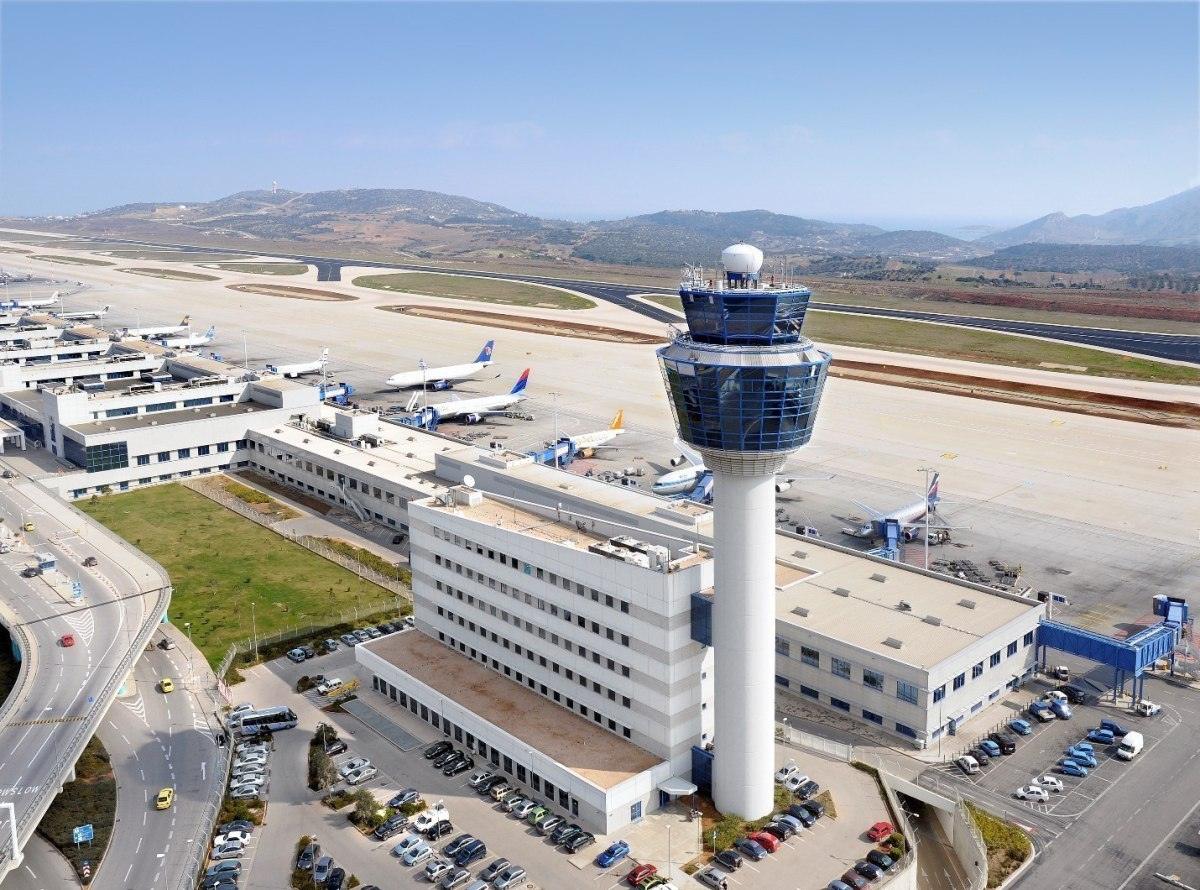
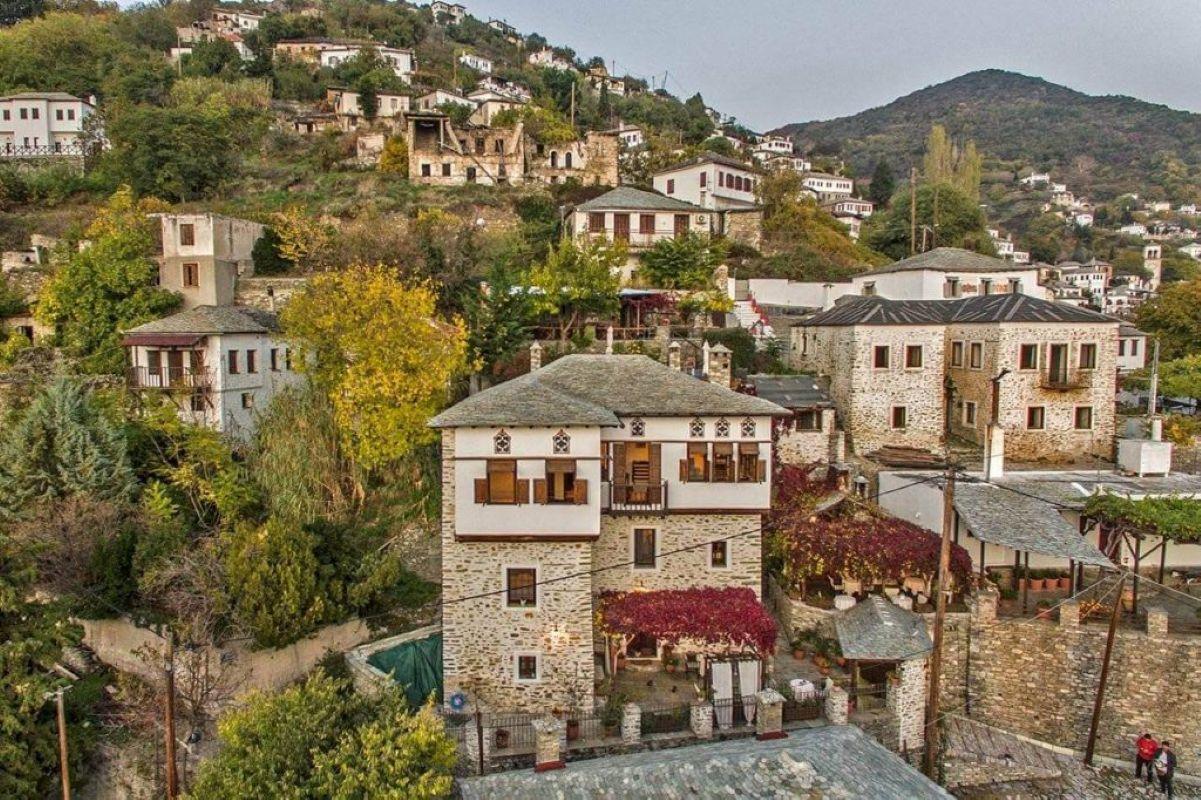








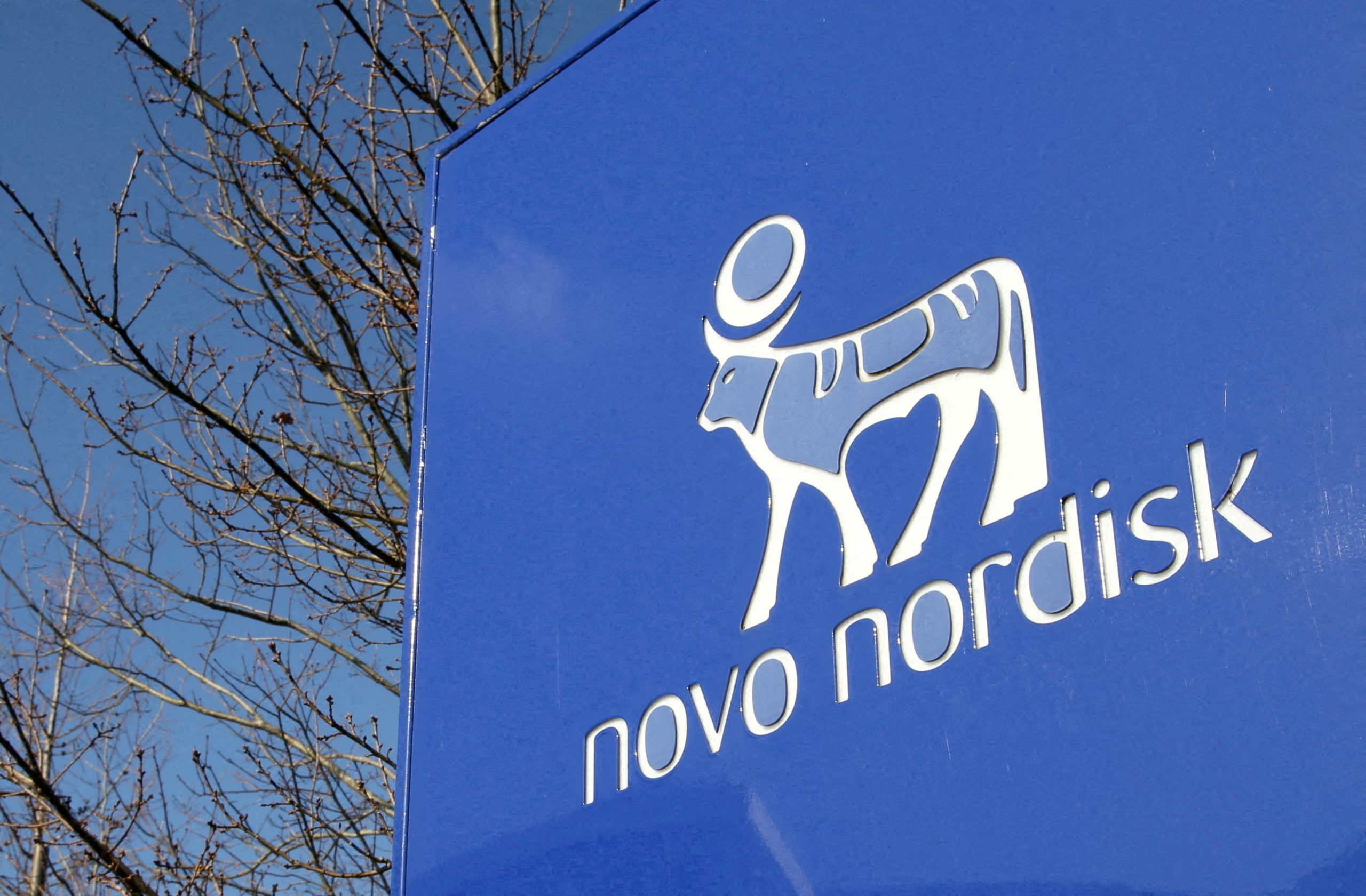


![Χρυσός: Συνεχίζεται η άνοδος – Νέα κέρδη για το ασήμι [γράφημα]](https://www.ot.gr/wp-content/uploads/2025/06/10_06_ot_gold.jpg)




